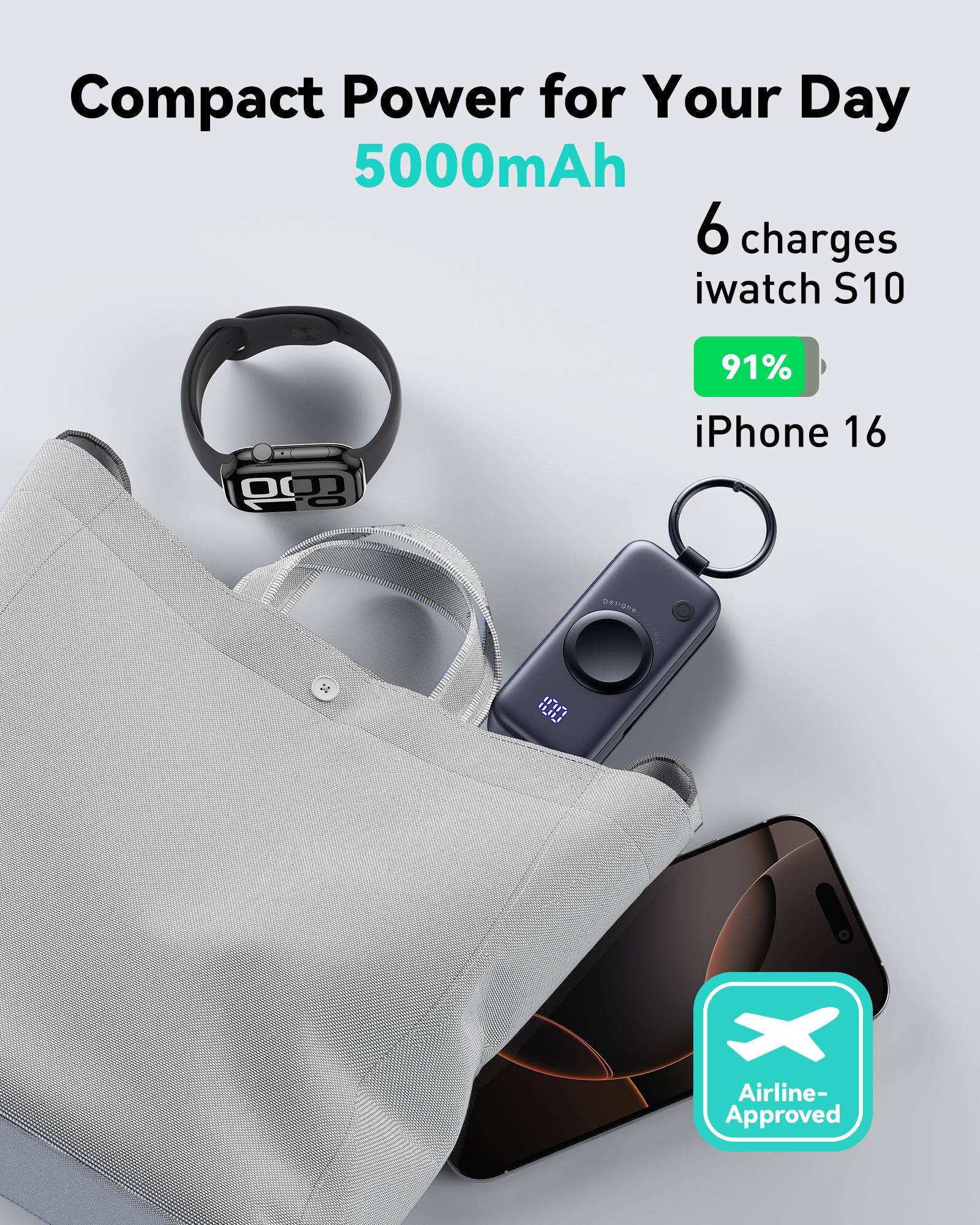Unlock Your Travel Adventures: The Ultimate Power Bank Showdown You Can't Miss!
For avid travelers, staying connected while on the go is crucial. Whether you're navigating through foreign cities, sharing memories on social media, or keeping in touch with loved ones, a reliable power bank is your best companion. However, with numerous options available, choosing the right power bank tailored to your travel needs can be daunting. You need a power bank that combines portability, sufficient capacity, and durability to withstand the rigors of travel. In this article, we will guide you through the essential factors to consider, so you can make an informed purchasing decision and keep your devices charged during your adventures.

Understanding Power Bank Specifications
When selecting a power bank for travel, it's essential to understand the key specifications that can affect your experience. The capacity, measured in milliamp hours (mAh), determines how much charge the power bank can hold. For instance, a power bank with a capacity of 10,000 mAh can typically charge a standard smartphone two to three times before needing a recharge. Additionally, the output power, often measured in watts, indicates how quickly the power bank can charge your devices. A higher wattage means faster charging, which is particularly beneficial when you're in a hurry. Size and weight also play a critical role in your travel experience; a compact and lightweight power bank is easier to carry, especially if you're backpacking or traveling with limited luggage. Lastly, charging speed is crucial as well. Look for power banks that support fast charging technologies to minimize downtime and keep you on the move.
Types of Power Banks Suitable for Travel
Power banks come in various types, each catering to different travel needs. Slim models are incredibly portable, making them ideal for daily commutes and short trips. They easily fit into pockets or small bags but typically offer lower capacity. High-capacity options, on the other hand, are designed for longer journeys where multiple devices need charging. While they provide more power, they can be bulkier and heavier, which might not be suitable for every traveler. Solar-powered units are gaining popularity as eco-friendly alternatives, perfect for outdoor adventures where access to electricity is limited. However, they can be less reliable in cloudy conditions and generally take longer to charge devices. Each type has its pros and cons, so consider your travel habits and choose accordingly to ensure you have the needed power on hand.
Comparison of Features
When comparing power banks, several essential features should be taken into account. The number of USB ports is vital, especially if you travel with multiple devices or have companions who need charging. A power bank with two or more ports allows you to charge several devices simultaneously, saving you time and hassle. Fast charging capability is another significant feature; look for power banks that support technologies like Quick Charge or Power Delivery. Safety features, such as overcharge protection and temperature control, are crucial in preventing damage to both the power bank and your devices. Lastly, additional functionalities can enhance usability. Built-in cables eliminate the need to carry extra cords, while LED indicators can show you remaining battery life, so you're never caught off guard without power.
User Reviews and Experiences
User experiences provide valuable insights into the performance of various power banks during travel. Many users praise slim models for their convenience and lightweight design, making them perfect for day trips. However, they often lament the limited charging capacity, especially on longer journeys. High-capacity power banks receive commendations for their ability to keep multiple devices charged over extended periods but can be cumbersome to carry. Solar-powered options tend to receive mixed reviews; while they are appreciated for their eco-friendliness, users frequently mention their inefficiency in less-than-ideal weather conditions. Collectively, user feedback highlights the importance of aligning your power bank choice with your travel style and expectations to ensure a positive experience.
Key Considerations for Choosing a Power Bank
In conclusion, selecting the best power bank for traveling involves a careful assessment of your specific needs and travel habits. By understanding key specifications, exploring different types of power banks, comparing essential features, and considering user experiences, you can make an informed decision. Remember to prioritize portability, capacity, and safety features to ensure that you stay powered up throughout your adventures. With the right power bank in tow, you can focus on making memories rather than worrying about battery life!



